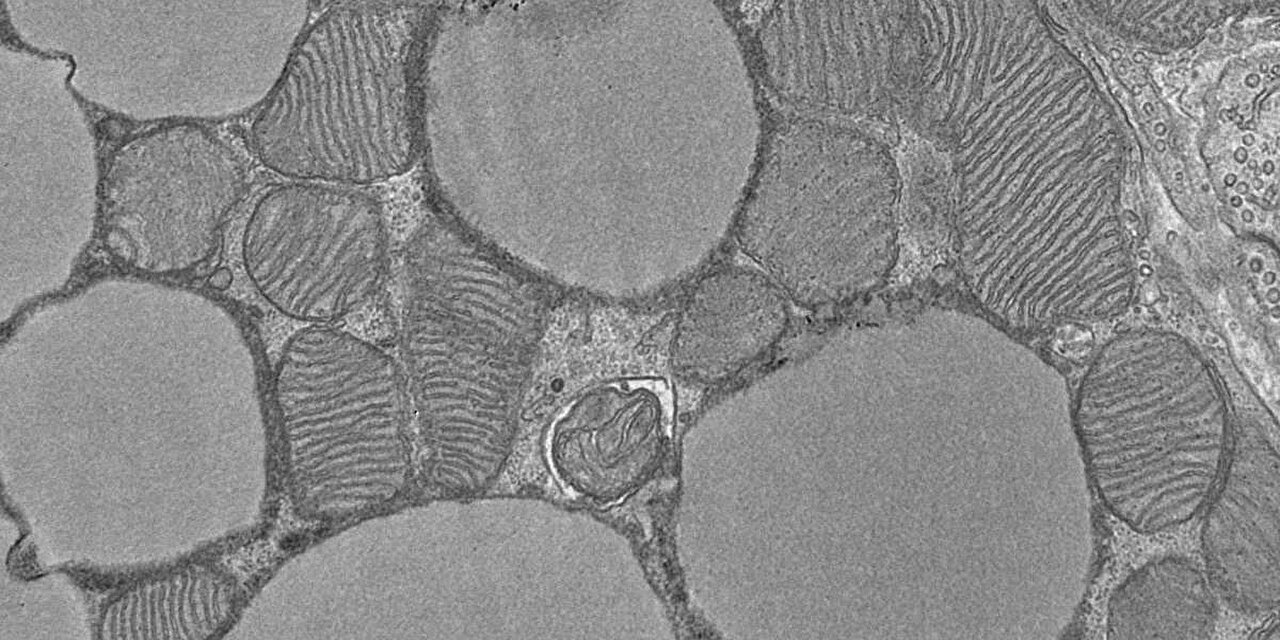
New findings, published in the journal Environmental Science & Technology, analyze a group of pollutants called per- and polyfluoroalkyl substances (PFAS), which consist of chemicals used in everyday products such as clothing, cosmetics, and food packaging. Many of these substances break down very slowly and accumulate in the environment and in humans.
Almost all humans have PFAS in their blood, with food and drinking water being the largest sources of exposure. PFAS have endocrine-disrupting properties, but few studies have examined the relationship between PFAS levels and pubertal development, especially in boys.
PFAS levels were measured in children aged 6 to 16 years as part of the Bergen Growth Study 2 from 2016. In addition to environmental pollutants, the researchers examined various markers of puberty, including ultrasound-measured testicular volume, testosterone levels, and pubic hair stage. The study’s results showed that those with higher PFAS levels had smaller testicular volume and lower testosterone levels compared to their peers.
Although few similar studies have been published previously, the findings are consistent with what has been observed in animal studies.
“We have unique data and are the first to use ultrasound when investigating the relationship between PFAS levels and puberty in humans. How PFAS can disrupt hormone balance and pubertal development is still unclear. We need more research to explain these mechanisms,” says Ingvild Halsør Forthun, Ph.D. candidate at the Department of Clinical Science, University of Bergen.
The research group will further investigate PFAS levels and pubertal data from the girls in the Bergen Growth Study 2.
More information:
Ingvild Halsør Forthun et al, Exposure to Per- and Polyfluoroalkyl Substances and Timing of Puberty in Norwegian Boys: Data from the Bergen Growth Study 2, Environmental Science & Technology (2024). DOI: 10.1021/acs.est.4c06062
Citation:
Boys with higher levels of environmental pollutants enter puberty later, study finds (2024, September 9)
retrieved 13 September 2024
from https://medicalxpress.com/news/2024-09-boys-higher-environmental-pollutants-puberty.html
This document is subject to copyright. Apart from any fair dealing for the purpose of private study or research, no
part may be reproduced without the written permission. The content is provided for information purposes only.


